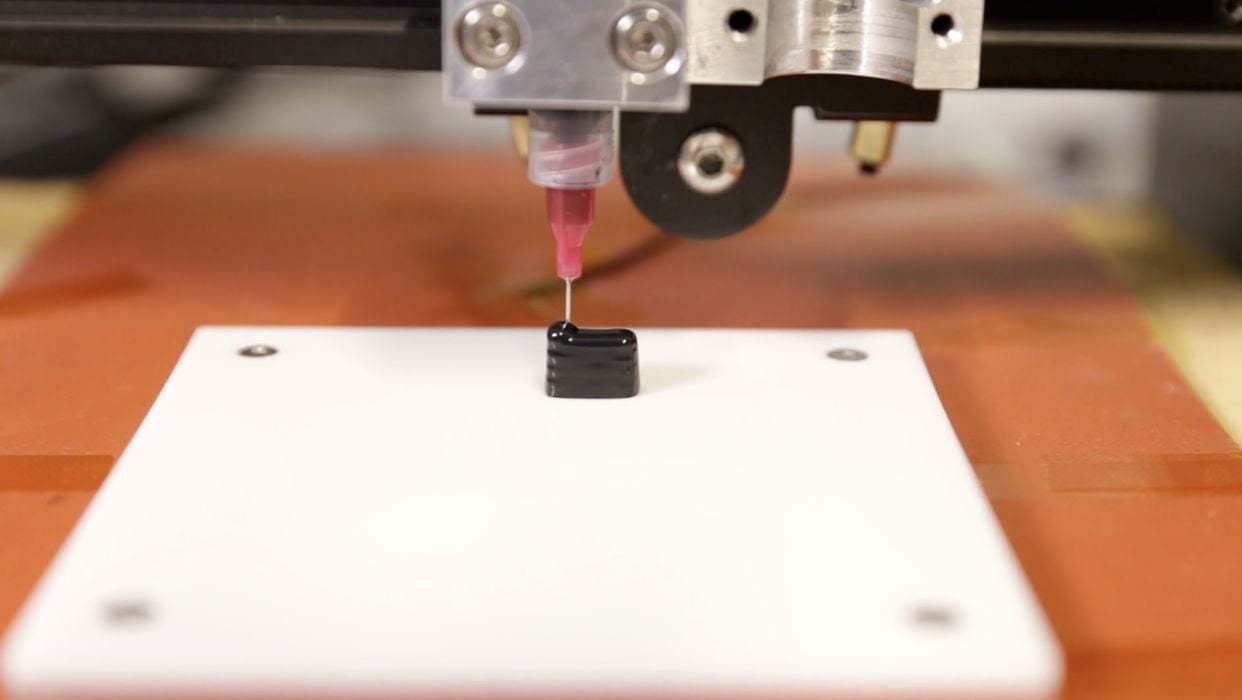
Researchers from the Institute of Science and Technology Austria announce breakthrough in thermoelectric cooling.
Thermal regulation is an essential aspect of virtually all modern technology, from turbines to transistors. It’s especially challenging at small scales, where the distance between components can be measured in nanometers. In such applications, thermoelectric coolers (TECs) a.k.a. solid-state refrigerators, show great promise, since they induce localized cooling via electric current without the need for circulating liquids.
Unfortunately, manufacturing TECs is expensive and generates significant material waste, limiting its scalability. However, a team of researchers at the Institute of Science and Technology Austria (ISTA) have found a way to 3D print high-performance thermoelectric materials from which to fabricate TECs.
“Our innovative integration of 3D printing into thermoelectric cooler fabrication greatly improves manufacturing efficiency and reduces costs,” said Shengduo Xu, postdoctoral student and first author of the published research, in an ISTA press release. Although Xu and his colleagues are not the first to 3D print thermoelectric materials, their approach has resulted in TECs with considerably better performance.
“With commercial-level performance, our work has the potential to extend beyond academia, holding practical relevance and attracting interest from industries seeking real-world applications,” said ISTA professor Maria Ibáñez in the same release.
Today, most thermoelectric coolers are produced using ingot-based manufacturing techniques, expensive and power-hungry procedures requiring extensive post-process machining, resulting in a high degree of material waste. “With our present work, we can 3D print exactly the needed shape of thermoelectric materials,” said Xu. “In addition, the resulting devices exhibit a net cooling effect of 50 degrees in the air. This means that our 3D-printed materials perform similarly to ones that are significantly more expensive to manufacture.”
The secret to the ISTA researchers’ success lies in the binders used in their silver selenide inks. The researchers designed the inks so that, as the carrier solvent evaporates, atomic bonds form between the grains, creating an atomically connected material network. As a result, the interfacial chemical bonds improve the charge transfer between grains.
Read the rest of this story at ENGINEERING.com
